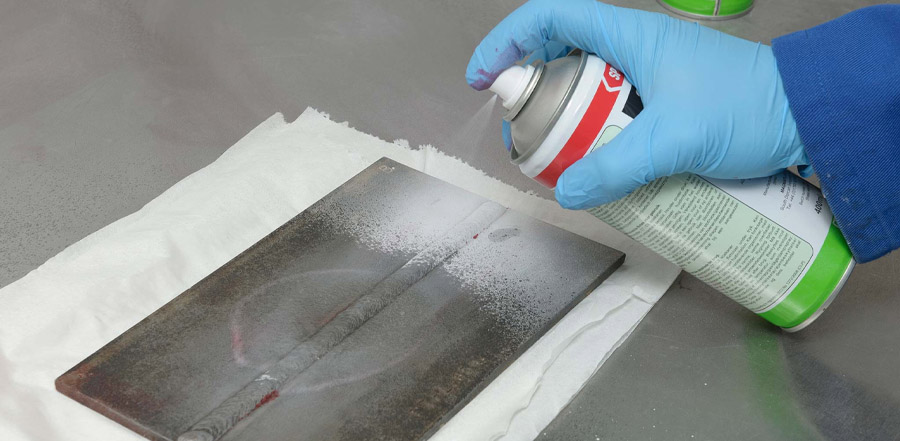
In Penetrant Testing, the specimens are first coated with a visible or fluorescent dye solution, which seeps into any surface-breaking defects through capillary action. After an adequate penetration time, the excess dye is carefully removed, and a developer is applied.
The developer acts as a blotter, drawing trapped penetrant out of defects that are open to the surface. This makes flaws more visible for inspection.
With visible dyes, a strong color contrast between the penetrant and developer makes the defects easy to spot. With fluorescent dyes, ultraviolet (UV) light is used, causing the trapped penetrant to glow brightly, making even the smallest surface cracks clearly visible.
Penetrant Testing is widely used for non-porous materials such as metals, ceramics, and plastics, providing a cost-effective and highly sensitive method for detecting surface flaws.
Enroll Now